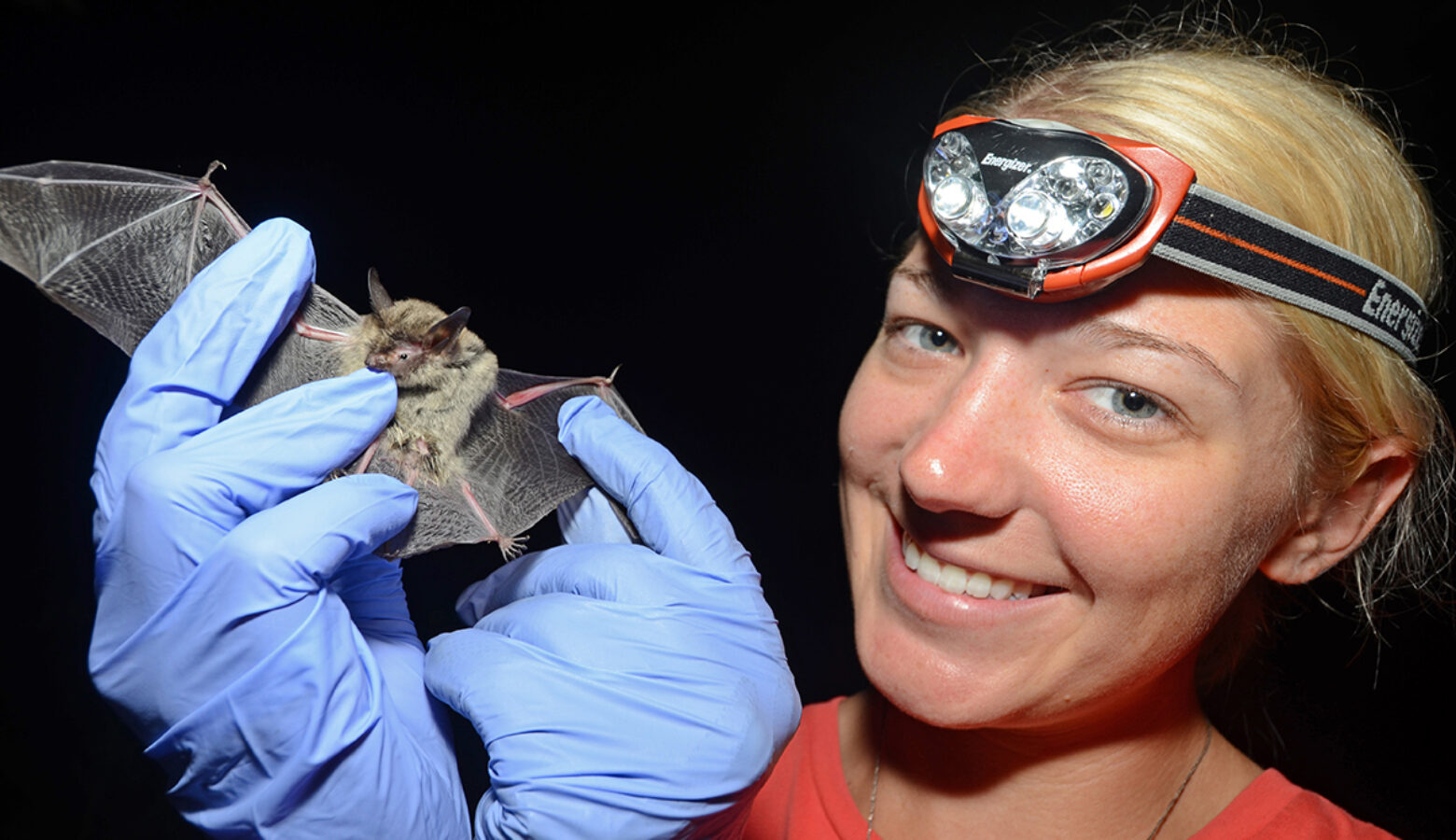The northern long-eared bat is now a federally endangered species

A state endangered species of bat will now get federal protections. The northern long-eared bat will be listed as a federally endangered species at the end of January.
The deadly fungal disease white nose syndrome killed many of them and the U.S. Fish and Wildlife Service said the bat could become extinct.
Now that it’s federally endangered, people who work in industries like timber, home development and wind energy will have to do more to avoid destroying the bat’s habitat.
The Indiana Department of Natural Resources expressed concern that a proposed natural gas pipeline that would run underneath the Ohio River could harm the northern long-eared bat and the endangered Indiana bat.
READ MORE: Court speeds up decision on endangered bat protections
[BECKY Q]
Join the conversation and sign up for the Indiana Two-Way. Text “Indiana” to 73224. Your comments and questions in response to our weekly text help us find the answers you need on statewide issues, including this series on climate change and solutions.
But the Fish and Wildlife Service said it’s currently consulting with Texas Gas Transmission, LLC on the project in Posey County and doesn’t expect the new listing to affect the process.
In a statement, the company said it “will comply with all laws and regulations regarding threatened and endangered species prior to beginning construction.” Construction is supposed to begin next summer.
The Indiana Forest Alliance also has concerns about how the Buffalo Springs Restoration Project could affect the bat.
In the draft environmental assessment released in November, the Forest Service said it didn’t expect the project would impact the bat because the project wouldn’t take place where it hibernates in the Hoosier National Forest or the 5-mile buffer zone.
The Fish and Wildlife Service didn’t designate “critical habitat” for the bat — areas that are important to protect for the species to survive — because white nose syndrome is the main cause of the northern long-eared bat’s decline.
This story has been updated.
Contact reporter Rebecca Thiele at [email protected] or follow her on Twitter at @beckythiele.


